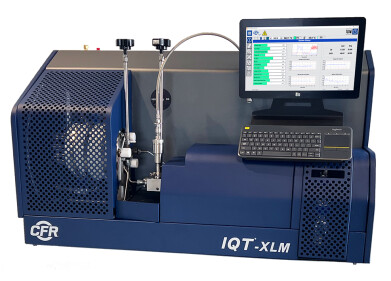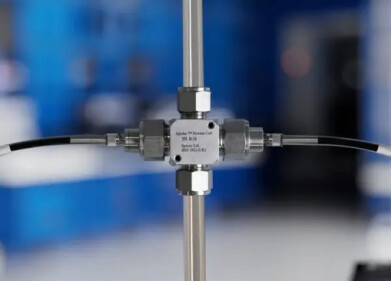Analytical Instrumentation
New guide outlines techniques to measure viscosity of in-service oil
Aug 28 2018
The ASTM committee on petroleum products, liquid fuels, and lubricants (D02) has created a new standard (D8185) that will serve as a guide for determining how to measure viscosity of in-service oil.
According to committee members, anyone with a technical background in lubrication or condition monitoring can use this guide to determine options for viscosity testing.
Generally, proper lubrication is important for maximizing the usable life of a machine or device. Viscosity can affect the energy and mass transfer of the lubricant in the machine.
“If the viscosity is too high, it might exceed the pumping capabilities, and lubricant may not be able to reach critical components,” says ASTM International member Norm Kanar, marketing and sales manager at Savant Labs. “If viscosity is too low, the lubricant may not be able to protect the machine from premature wear of components.”
Kanar notes that the new standard contains practical, historical, and relevant information on how to measure in-service lubricant viscosity. The guide also provides workers with basic principles of each measurement approach and how to conduct them.
Digital Edition
PIN 25.5 Oct/Nov 2024
November 2024
Analytical Instrumentation - Picturing Viscosity – How Can a Viscometer or a Rheometer Benefit You? - Sustainable Grease Formulations: Evaluating Key Performance Parameters and Testing Method...
View all digital editions
Events
Dec 03 2024 Dusseldorf, Germany
Dec 08 2024 Anaheim, CA, USA
Turkey & Black Sea Oil and Gas
Dec 11 2024 Istanbul, Turkey
Dec 19 2024 Aurangabad, India
Jan 20 2025 San Diego, CA, USA



















